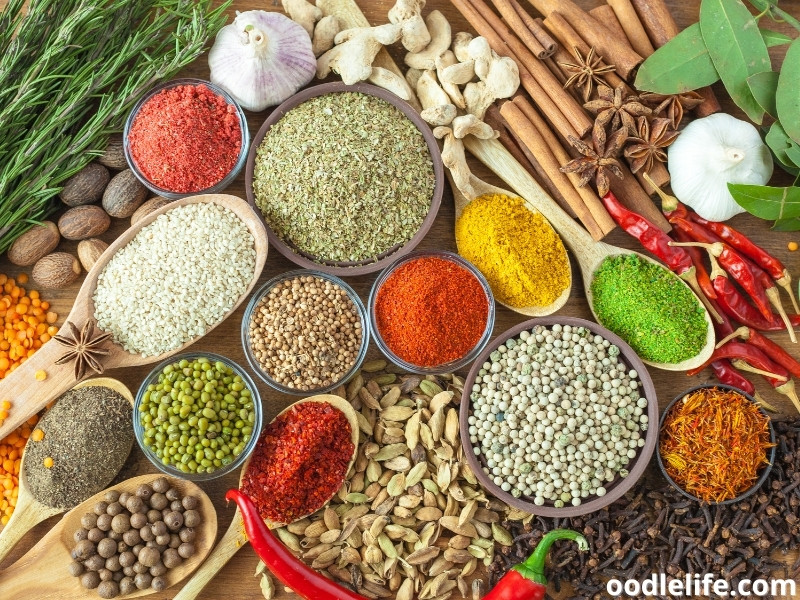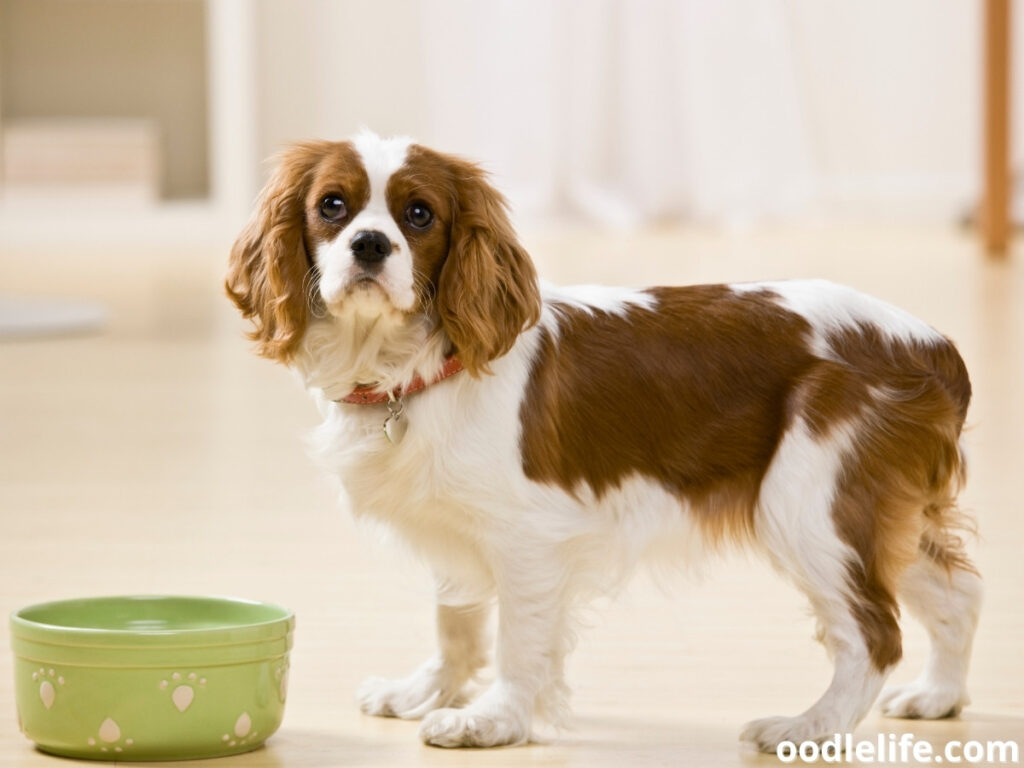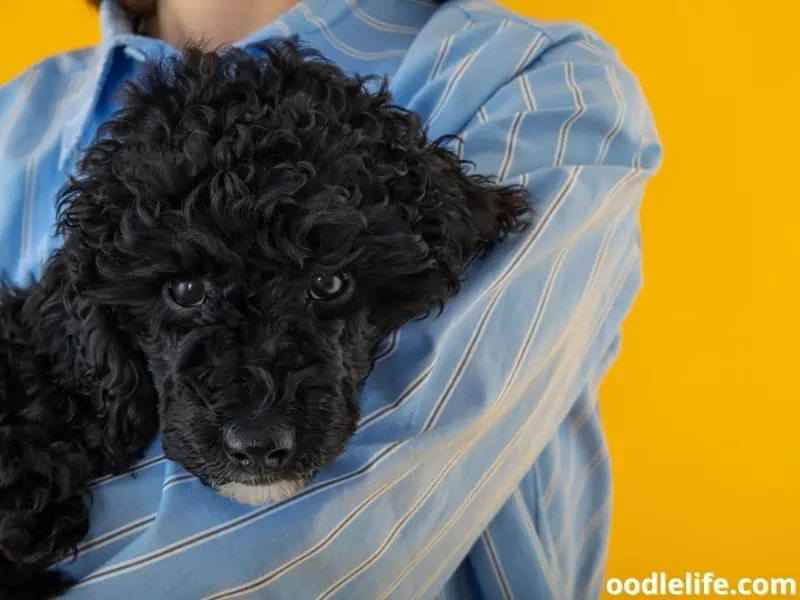Can Dogs Have Lunch Meat? (Is Deli Meat Safe?)
Our four-legged friends have made it clear to us time and time again how much they enjoy treats. Just rustle a plastic bag or a snack wrapper and you can see the ears go straight up on your beloved pooch.
However, snacks should be given in moderation, and there is some human food that is downright toxic to dogs like chocolate and garlic. The vast majority of dogs are gluttons and don’t care about nutrition, making giving them a treat challenging due to their complex and diverse biological systems.

Even we humans love to snack, and the lunch meat you can find in the deli section of any grocery store is a versatile and convenient option that can help you create a tasty and satisfying sandwich in no time.
Your dog is going to drool when he or she smells lunch meat. However, is lunch meat safe for dogs? In this blog post, we’ll look at the pros and cons of feeding lunch meat to your dog, and after this, you might think twice about sharing your tasty snack!
Is Lunch Meat Safe For Dogs To Eat?
Although tasty and a vital addition to any sandwich, deli meat or lunch meat is unhealthy for dogs and should be avoided.

Processed deli meats contain high levels of sodium and several potentially toxic compounds, such as nitrates, that could impair your dog’s health. Nitrites can interfere with the blood’s ability to carry oxygen, which can be dangerous, especially for infants and young children.
In high enough concentrations, nitrates can also lead to methemoglobinemia, a condition where the blood is unable to carry oxygen effectively.
In addition, the additives that are added to lunch meat are the problem, not so much the meat itself. Lunch meat these days contains ingredients like nitrates, salt, spices, and other preservatives.
What Makes Lunch Meat Harmful For Dogs?
To preserve and cure lunch meat, certain ingredients are added that can be unsafe for your dog (and unhealthy for you!).
Nitrates and Nitric Oxide
Since nitrates and nitrites aid in curing and preserving the meat, they are essential components of lunch meat. Additionally, it imparts a distinctive flavor that most people instinctively connect with deli meats. However, nitrates have been known to be detrimental to your dog’s health.

The World Health Organization found a link between nitrate and nitrite consumption and cancer. According to researchers at the Harvard School of Public Health, “Consumption of processed meat was labeled as cancer-causing after the IARC Working Group—composed of 22 scientists from 10 countries—evaluated over 800 papers.”
These experiments, though, were conducted on people. How about our dogs, then?
There are a few studies that indicate a link between increased nitrates and in particular, breast cancer, though you won’t find the kind of vast data collection that the WHO uses.
The health of a dog’s thyroid and circulatory system may be badly impacted by nitrates and nitrites, so cancer isn’t the only thing to be concerned about.
Although we are unsure of the precise amount of nitrate that is harmful to dogs, it is safe to assume that a small amount of lunch meat once or twice a month won’t have a major negative impact on your dog’s health. Another reason to just avoid feeding lunch meat to our dogs is that it won’t do them any good either.
Additional Flavors and Spices
There is also the matter of seasonings and flavorings, some of which might be hazardous to dogs. Lunch meat flavors can be rather diverse, and things have changed significantly from something as basic as honey ham. Instead, there are countless flavor options available, each of which may carry different dangers for dogs.

In addition to adding flavor to your food, VCA Hospitals states that chives, leeks, onions, and garlic can seriously harm your dog’s health. Your dog may experience clinical symptoms of illness right away, including vomiting, but the complete onset of symptoms may not start for many days.
Excessive Sodium
For lunch meat to be preserved and kept fresh till consumption, salt is necessary. Even though there are low-sodium choices available, which are typically healthier for both humans and dogs, lunch meat will always be quite high in salt. For our fur babies, what does “high sodium” actually mean?

The maximum daily sodium intake for a 30-pound dog is 100 milligrams, according to VetInfo.com. Greater salt requirements and tolerance are both characteristics of larger dogs.
A normal lunch meat brand has a whopping 100 grams of sodium in it, which comes to 964 mg per 100 grams! As a result, lunch meat acts like a salt explosion within your dog’s body because it is almost ten times the daily recommended intake.
Extra Calories
Calories are a problem with food for everyone, of course, but when you consider that a lot of lunch meats are particularly calorie-dense, you can see the issue. The calorie count can vary depending on the type of lunch meat, but deli-bought meats range between 300 and 500 calories per 100 grams, a substantial percentage of a the 900 to 1000 calories that a medium-sized dog weighing 30 lbs needs.

Heavier dogs that weigh close to 50 lbs need about 1300 to 1500 calories a day.
How Can I Safely Feed My Dog Deli Meat?
Lunch meat smells good, and because of all the salt and preservatives added, it tastes awesome. If your dog loves lunch meat or if you occasionally want to spoil your pet with something special, you may take a few preventative measures to make sure no health problems arise in your dog.

If you want to share your lunch meat with your dog, try to feed only small amounts at a time and infrequently. A small piece every few days isn’t going to hurt your dog, but many pieces a day would wreak havoc on their cardiovascular and digestive systems.
In addition, there are a few things you can do to make your lunch meat choices a little healthier.
Try Find Nitrate-Free Products
Nowadays, deli meat products free of nitrates are easily accessible in the majority of supermarkets. To give your dog nitrate-free delight, use things like uncured turkey breast.
However, make sure there aren’t any asterisks (*) next to the statement that the product is nitrate-free because, often, an asterisk disproves the claim that there aren’t any nitrates in it.
Many dog owners have been conned into purchasing what they thought was a nitrate-free deli choice just to find out it was not what they thought it was.
Choose Low Sodium Options
There are options for lunch meat that contain minimal sodium or reduced sodium. You can spoil your dog with a delicious treat without worrying about the excessive sodium levels, like serving lean chicken breast with no salt.
Find Unprocessed Meats
Purchase lean proteins such as turkey, slow bake them and serve the results to your furry friend. In this way, you won’t have to stress about your dog’s consumption of sodium, or nitrate.
How To Pick Lunch Meat?
Not all lunch meats are created equal. The first issue is that practically any meal, even deli meat, can be seen as having a lot of calories for dogs. While larger dogs may be able to indulge a little more, even a tiny amount of lunch meat might add up weight immediately in the case of a small dog.

A low-sodium option may only include 55 mg per serving, which still accounts for half of a dog’s daily sodium intake. Even though it’s a significant improvement over the approximately 10-fold daily need seen in the typical lunch meat option, your dog will still consume too much sodium.
Some companies will additionally list “no nitrates added” on the label of their lunch meat. Even though this sounds wonderful for both humans and dogs, according to an NPR study, lunch meat that bears the label “no nitrate added” may still contain the same amount of nitrates.
Next, is the problem of poisonous ingredients like garlic or onions. Even while you can carefully read the nutrition label to make sure your dog won’t have adverse effects, it seems like buying a treat made for canine pal would be simpler given instead of taking a risk for lunch meat.
Though there are generally healthier lunch meat options for canines, they all still have the same issues. Even if the problems with nitrates or sodium are taken care of, lunch meat typically makes up a significant amount of a dog’s daily caloric needs, which can quickly result in weight gain.
Final Thoughts
Even though dogs can consume lunch meat in moderation, the benefits usually don’t exceed the drawbacks. Yes, the piece of lunch meat will make our dogs very pleased. Nonetheless, there’s a strong possibility they’d be content with a dog treat as well!
Lunch meat has the same problems as pretty much any other kind of meal in that it’s rich in calories, but it also contains a lot of sodium, nitrates, and in some cases, harmful spices.
In short, going for a high-quality dog treat would probably be a better choice than lunch meat!